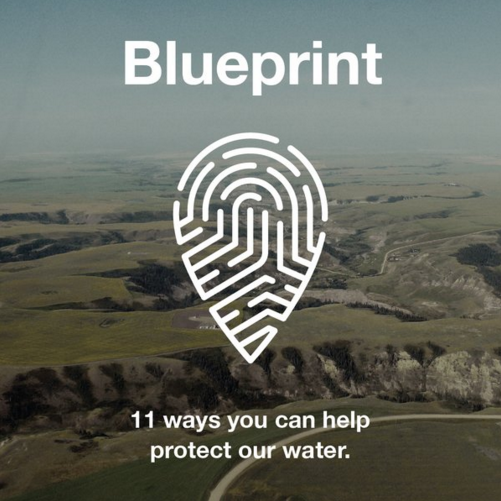Phase one of the Red Deer River Watershed Alliance’s watershed management planning process in Alberta has concluded this month with the release of the “Blueprint: An integrated watershed management plan for the Red Deer River watershed.”
A newly-released plan makes 11 recommendations aimed at improving and protecting the Red Deer River and its tributaries.
The blueprint sets out goals, targets, and recommendations regarding groundwater and surface water based on over seven years of preliminary work, including a state of the watershed report, the development of four technical reports and three technical committees, as well as 28 workshops with over 900 participants having attended.
The 11 recommendations include provisions for improving water literacy, establishing a robust monitoring program, addressing risks to source waters, managing groundwater, and implementing a management-response framework.
Josée Méthot, watershed planning manager with the Red Deer River Watershed Alliance said that the plan is a significant achievement, that combined broad community engagement process with sound science; however, implementation will be the next challenge.
“It is one thing to create a plan, but making changes in the watershed really comes down to questions of implementation (i.e., who? how?) and relationships. Some people do not see themselves as implementers, which can lead to a type of implementation vacuum,” said Méthot.
To address this, the RDRWA has launched Alberta’s first “social innovation lab” dedicated to addressing watershed challenges in partnership with Alberta Ecotrust and with support from pioneers of the lab approach Reos Partners.
Executive director of the Red Deer River Watershed Alliance, Jeff Hanger, said that Phase Two of the Blueprint will look more holistically at metrics of watershed health and will cover elements including land use, wetlands, and riparian areas, among others.
“We feel prepared for Phase Two, in part because we have already completed several background technical reports and because we have a growing network of people part of the conversations,” said Hanger. “We are also hoping to make the plan more spatially explicit, so that the plan is not “one size fits all” and can better address issues and stakeholder needs in different parts of the watershed.”










